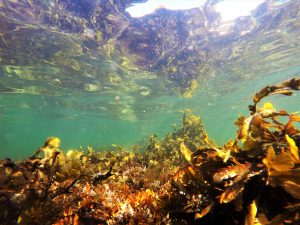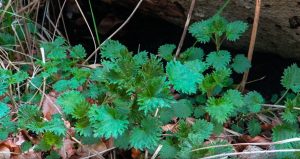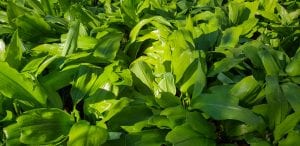The stinging nettles are widely known as most of us, as kids, probably got stung at some point – and they pretty much grow anywhere close to human settlement. In Scandinavia, there’s a long tradition for using the nettle. The stem has been used to produce cloth and dyes, while the leaves have been used for food.
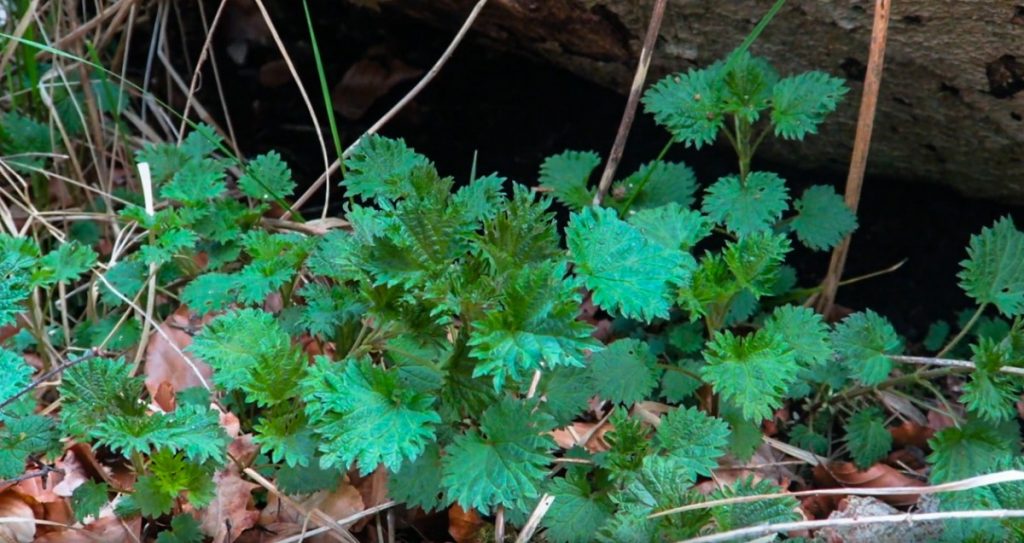
In March/April they start appearing in the woods and your backyard. In the woods, they can be found in wet woods, hedgebanks, close to water streams and rivers. For cooking the fresh shoots that are no more than about 20cm in height, are the best. The nettle contains high levels of vitamin A and C as well as iron and protein. If harvesting later in the season, you should only take the tops and young pale green leaves. When harvesting you should wear gloves. In case you forgot to bring gloves and got stung, you can take the stem of a large nettle, cut it open vertically and apply the juice to the area that hurts. This will ease the pain. The juice from dandelion can also be used for the same purpose.
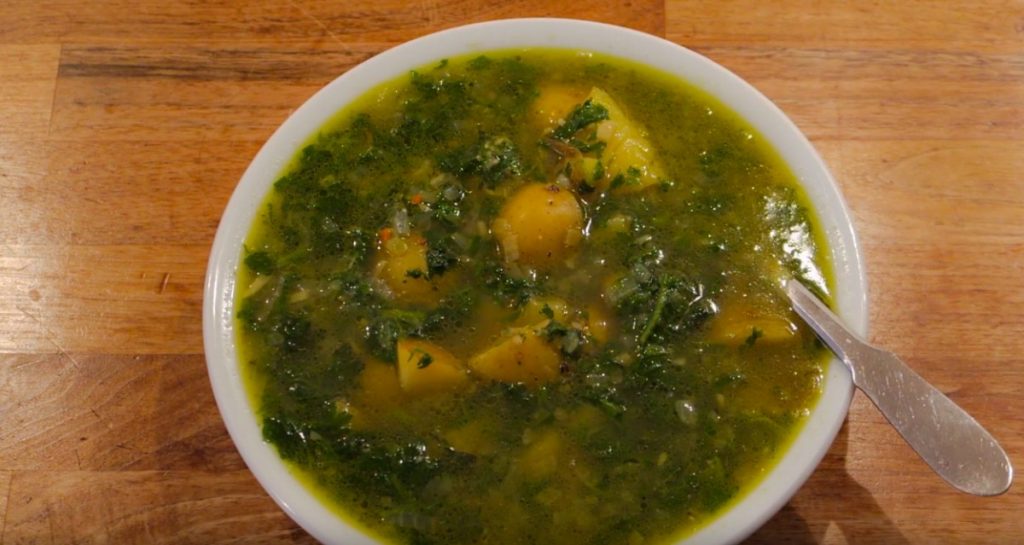
In the kitchen
You can make several different things with the nettle; pesto, pureé, tea, soup, bread or in a fresh salad. I’m going to make soup for dinner.
You will need:
- A few handfuls of nettle shoots/leaves
- One onion
- Two potatoes
- Garlic or ramson
- Vegetable stock
- Butter
- Water
- Seasoning and grounded nutmeg
Pour over hot water to stop the nettles from stinging. Strip the nettles from the stem and wash. Melt butter and simmer the chopped onions.
Cut the potatoes and nettles. Add water and vegetable stock. Add potatoes and nettles. Cook for a few minutes, add the stems and let it simmer for another 20min. Add the seasoning and nutmeg. Ready to serve!
Sources:
Mabey, R. (2012). Food For Free. London: HarperCollins Publishers.





